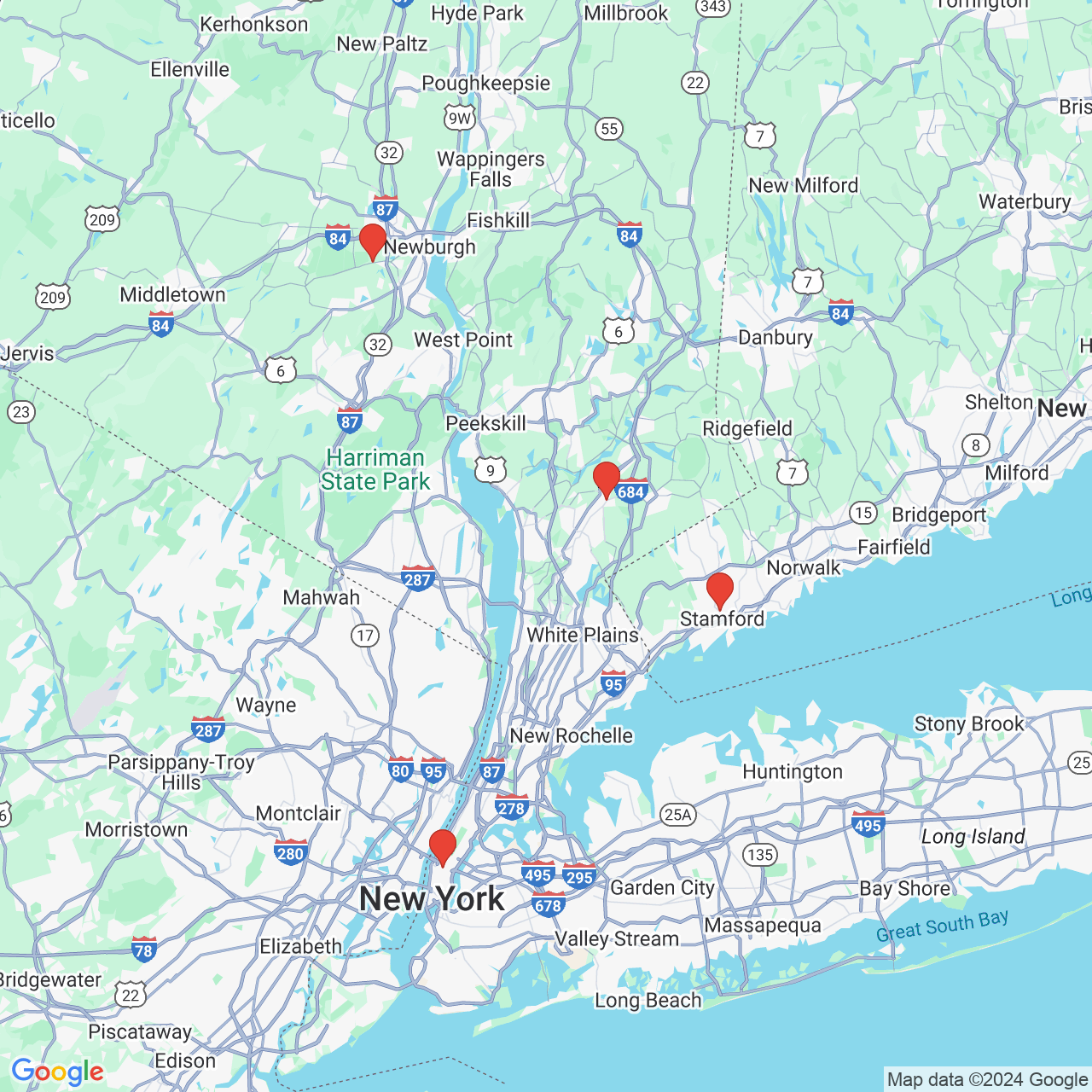Implant Breast Reconstruction
Implants are the oldest and most commonly used technique for breast reconstruction. The pectoralis muscle is elevated off of the chest wall and the pectoralis muscle insertion is partially divided. The implant is then placed under the pectoralis muscle. Usually the pectoralis muscle covers the upper portion of the implant. Sometimes, cadaver or porcine collagen material (allograft) is placed over the lower portion of the implant. The procedure is sometimes performed in two stages (operations). The first stage consists of placing a tissue expander implant. The tissue expander is inflated by injections of saline into the implant over multiple visits to the office. The second stage consists of removing the tissue expander implant and placing the final implant.
The average lifespan of an implant is 10 years. It is recommended that silicone gel implants be followed with serial magnetic resonance imaging (MRI) to detect leaks. Radiation therapy is considered a relative contraindication to implant breast reconstruction because of the high rate of complications. Thus, other techniques of breast reconstruction are usually recommended with radiation therapy.
Nipple Areola Reconstruction
The nipple is usually created during a separate operation three months after the breast implant procedure. The procedure is done as an ambulatory procedure with the patient going home later in the day. The nipple is created by spiraling two small flaps of skin from the breast.
The areola is tattooed by a professional medical tatoo artist during a separate visit to the office six weeks after the nipple reconstruction. The medical tattoo artist works with you to choose the size and color shading.
